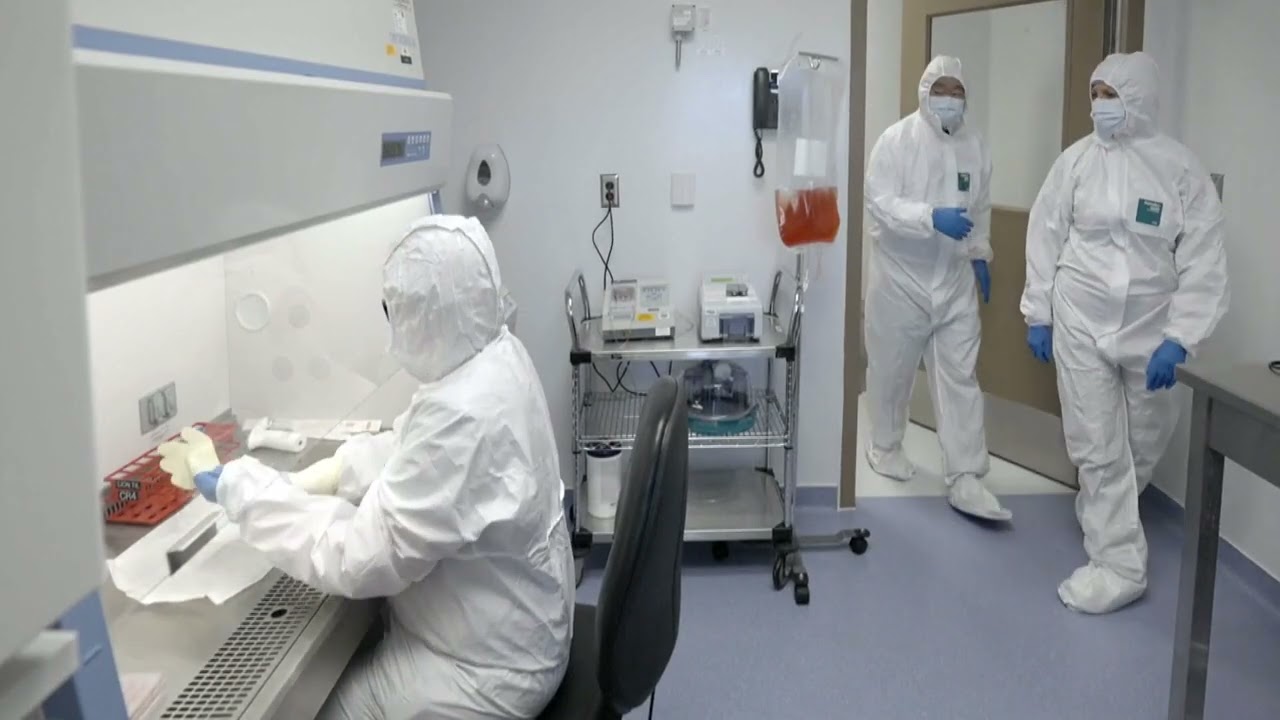The Oncology Channel
February 29, 2012 • Oncology, Oncology / Hematology, Pulmonary Medicine, Reuters Health • The Doctor's Channel Newscast
NEW YORK (Reuters Health) – Lung cancer patients undergoing chemotherapy can be treated safely with erythropoiesis-stimulating agents (ESAs), according to findings published in the 24 January online issue of Lung Cancer.
“The consequence of chemotherapy induced anemia (CIA) is particularly important for lung cancer patients as the symptoms of anemia (fatigue, dyspnea, lack of energy) are often superimposed on similar symptoms related to the lung cancer itself or the smoking related comorbidity (COPD in particular),” Dr. Johan Vansteenkiste from University Hospital Gasthuisberg, Leuven, Belgium told Reuters Health in an email. “Therefore, ESAs are of particular interest for lung cancer patients who go below a hemoglobin of 10 g/dL during their chemotherapy.”
Dr. Vansteenkiste and colleagues examined the efficacy and safety of ESAs in lung cancer by conducting meta-analyses of 10 controlled ESA lung cancer studies that have reported mortality. These studies evaluated 2412 lung cancer patients (1227 treated with ESA, 1185 controls).
In the 9 trials in which patients received chemotherapy, there was no difference in the risk of death between patients treated with ESAs and control patients (OR 0.87), whether they had small-cell lung cancer (SCLC) or non-small-cell lung cancer (NSCLC).
In the sole study conducted in patients not receiving chemotherapy or radiotherapy, mortality did not differ significantly between patients receiving ESAs and those not receiving ESAs (OR 2.82)
The need for transfusion was 66% lower among ESA-treated patients than among controls.
In patient-level meta-analyses from four darbepoetin alfa studies, median survival was 41 weeks in darbepoetin patients, compared with 38 weeks among controls (an insignificant difference), and transfusions were about half as frequent in the darbepoetin group as in the placebo group.
Patients treated with darbepoetin were more likely to report an adverse event of interest than were patients treated with placebo (27.0% versus 22.9%, respectively), with the difference primarily due to higher rates of thrombotic and embolic events in the darbepoetin patients (10.5%) than in the placebo group (7.2%).
“Results of these analyses are consistent with findings reported for patients with various tumor types,” the researchers note.
“ESA is a rewarding and safe treatment for lung cancer patients who experience CIA,” Dr. Vansteenkiste concluded.
“Because of concerns about possible negative effects of ESAs on survival, it is advised to assess the benefit versus risk ratio very carefully in patients who have chemotherapy for curative intent (adjuvant, neo-adjuvant),” Dr. Vansteenkiste cautioned. “Nonetheless, there have been no signals of worse outcome when ESAs were used for CIA in studies with lung cancer patients.”
Four of the 8 authors received research support or served as consultant for Amgen Inc. (which funded the study), and 2 authors are employees and shareholders of Amgen. Amgen employees or contractors performed the literature search and statistical analyses, compiled authors’ contributions, and coordinated draft reviews.
Source(s):
Benefits and risks of using erythropoiesis-stimulating agents (ESAs) in lung cancer patients: Study-level and patient-level meta-analyses
Lung Cancer, 24 January 2012








